Blog posts tagged with ataxia
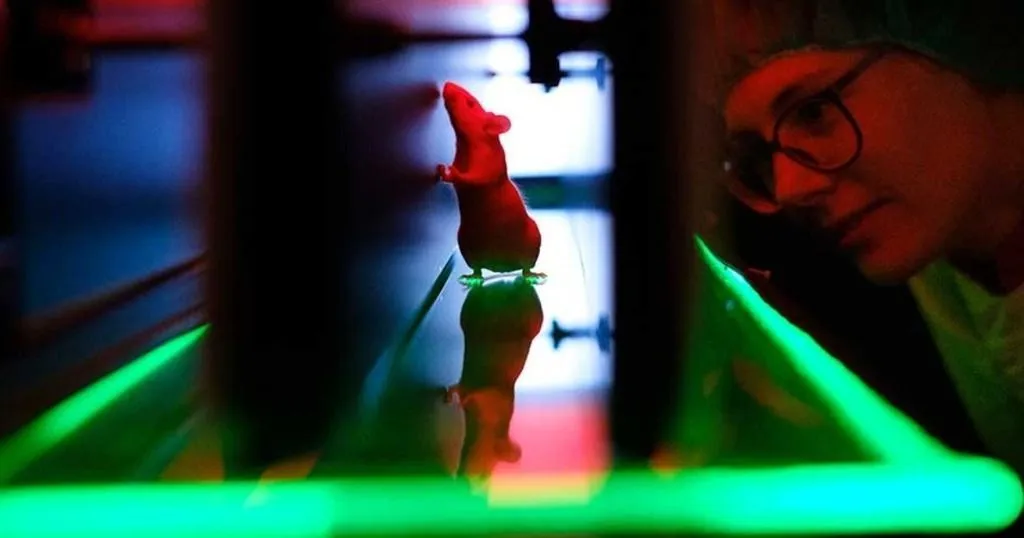
13 Jul
animal behavior research
Gait and Locomotion
Choosing the right parameters in CatWalk XT
CatWalk XT provides the opportunity to study a variety of gait parameters. But, which parameters should you use for your mouse model? Read this blog to learn more!
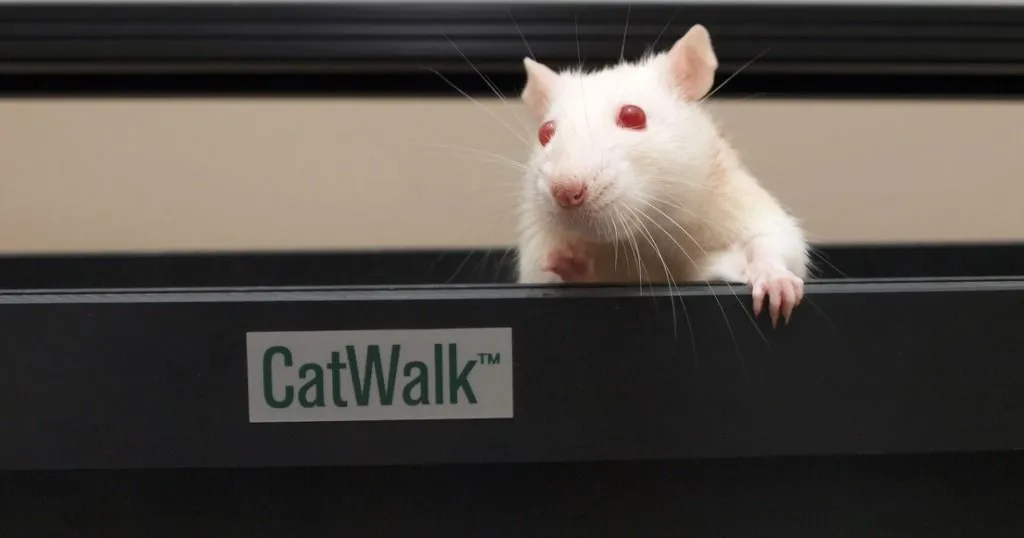
15 Apr
animal behavior research
Gait and Locomotion
Gait research: let your animals walk freely
Researchers use different ways to analyze gait in animals. In what instances would a study benefit from a system that is based on voluntary walking?
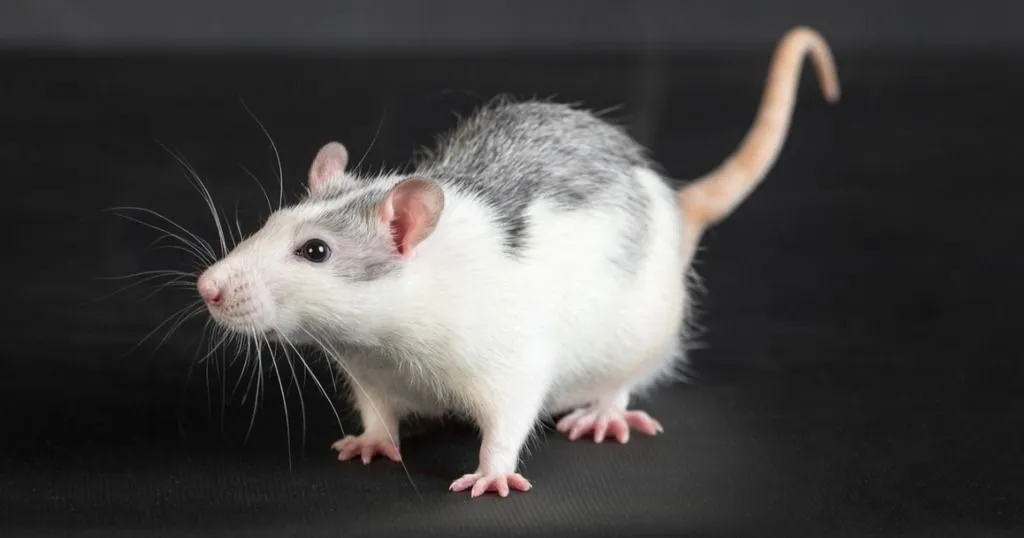
11 Sep
animal behavior research
Other (Animal)
Walking the ladder: testing the cellular source of motor functioning in mice
The cerebellum, our “little brain”, is all about motor control; more specifically, it’s about coordination, precision, and timing.
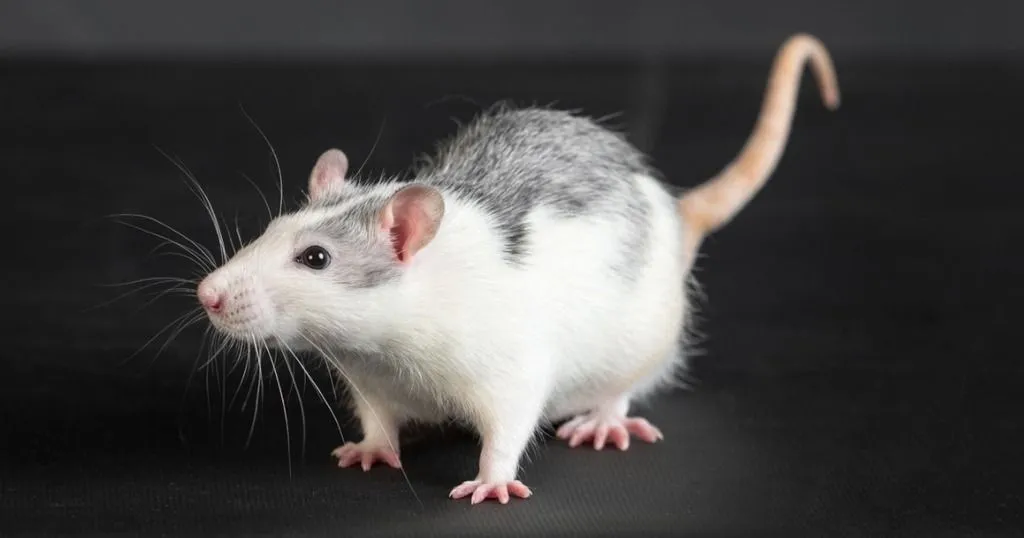
05 Jul
animal behavior research
Gait and Locomotion
Time based relations in gait analysis
I have written two blog posts about static gait parameters. Now it’s time to talk about all four paws, and the time based relationships between them. If you ask me, we’ve been saving the best blog post for last!
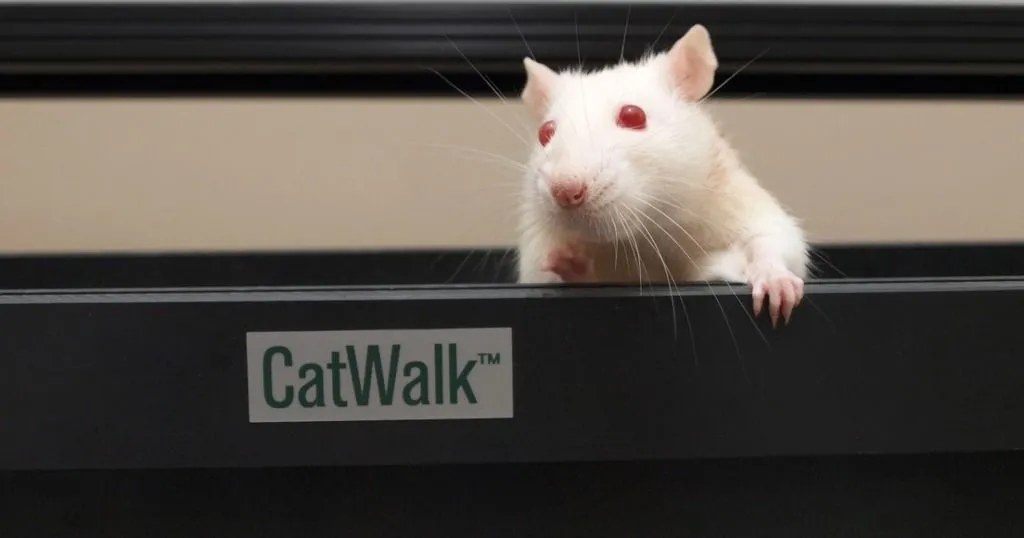
28 Jun
animal behavior research
Gait and Locomotion
Going the distance - and why it matters in gait analysis
A footprint, that is. With CatWalk XT, you can extract a lot of information from just one footprint. In this post, I am taking it a step further by talking about the relationship between prints.
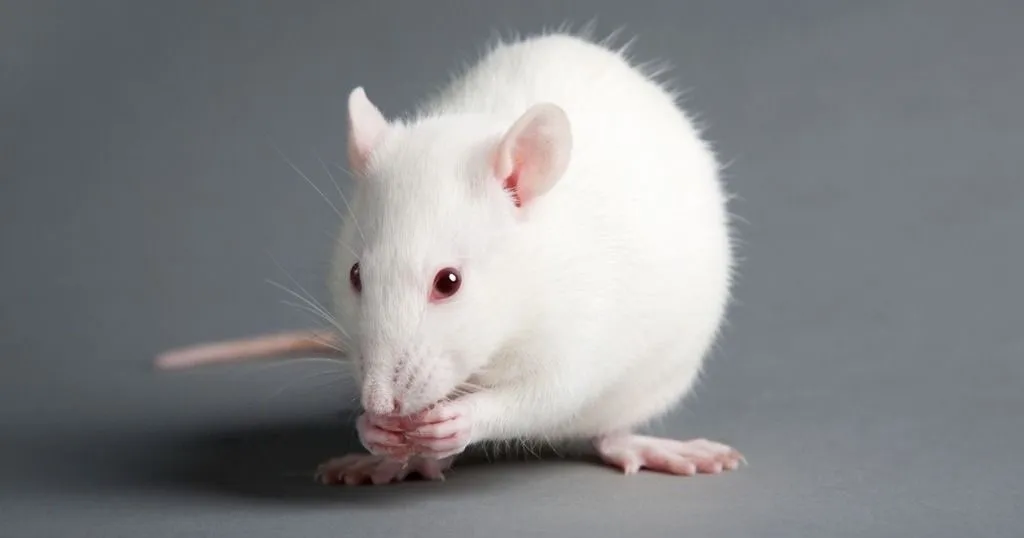
21 Jun
animal behavior research
Gait and Locomotion
What a print can tell
So what can one footprint tell you? Well, it could tell you a lot. Simply putting the paw in ink and studying the print left behind is one way to go about it, but there are far more sophisticated ways of footprint analysis.
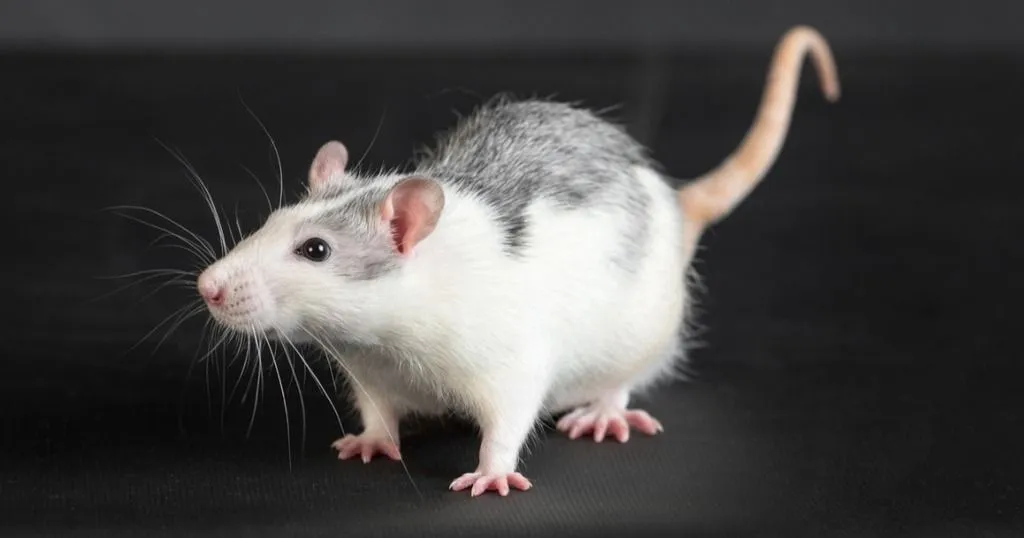
03 May
animal behavior research
Gait and Locomotion
What gait can tell: 3 blogs that will help you understand
The usefulness of gait is well established in research on spinal cord injury, ataxia, and arthritis. But in fact, research on all disorders that influence gait in any way, can benefit from gait and footfall analysis.